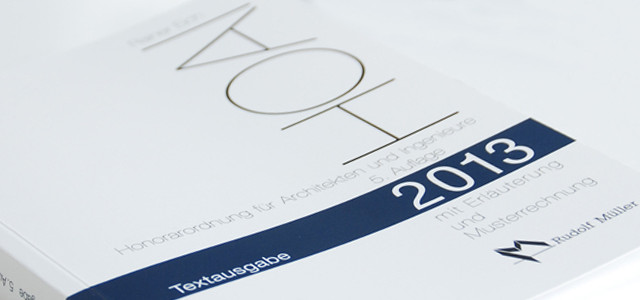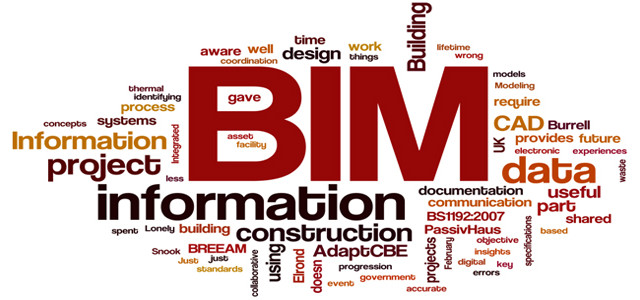BIM in Australia and Germany
It’s tempting to think of Building Information Modeling (BIM) technology as a simple software application. In fact, this widely used term describes highly technologically advanced, collaborative and information centric processes by which digital models are generated to collate, manage and communicate information through the entire lifecycle of a building or project. Like Germany, many firms in Australia are already incorporating BIM technology into their daily workflows. This is driving cultural change within the construction industries of both countries; which in turn is impacting on project management, collaboration and the way in which projects…Read more





